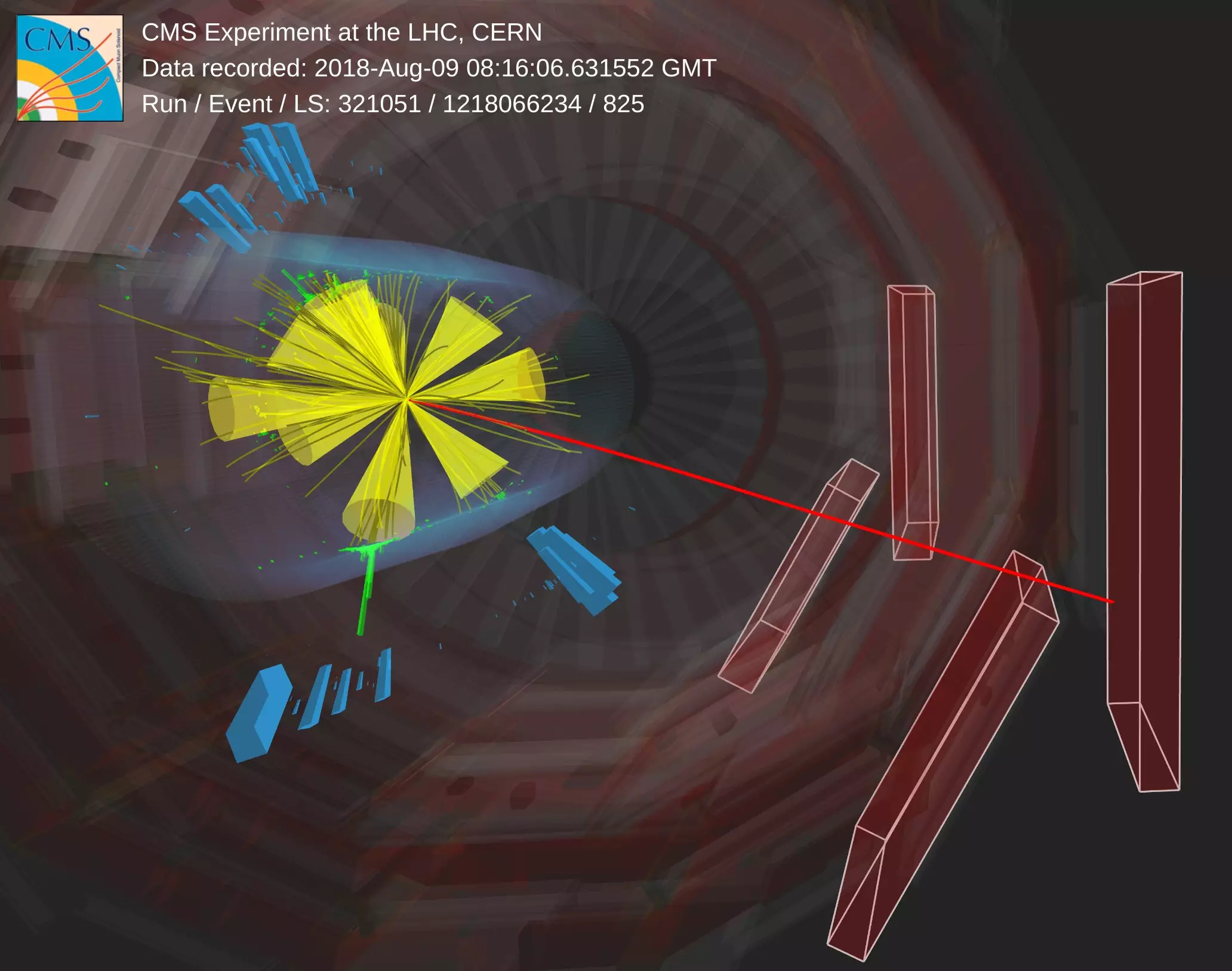Supersymmetry (SUSY) is a theory in particle physics that offers solutions to some of the unresolved questions in the field. According to this theory, every known particle has a corresponding “superpartner” with slightly different characteristics. For instance, the Standard Model’s heaviest quark, the top quark, is expected to have a superpartner known as the top squark or “stop.”
In 2021, the CMS collaboration conducted a thorough examination of collision data collected between 2016 and 2018. The analysis uncovered features that indicated the possible existence of stop particles. The term “might” in this context implied that there was less than a 5% probability of the observed data aligning with data solely containing known particles. Rather than waiting for additional data collection over several years to replicate this phenomenon, the CMS collaboration opted to reanalyze the existing data using enhanced analytical methods.
The reanalysis focused on detecting the simultaneous production of pairs of stops. Each stop would decay into a top quark accompanied by lighter quarks or gluons, forming hadrons and leading to the creation of particle clusters known as “jets” within the detector. Distinguishing this signal from the background posed a challenge, as the signature of two top quarks and multiple jets also emerged from the common Standard Model process of top quark pair production.
To estimate backgrounds accurately, the CMS physicists employed the commonly used “ABCD method.” This method involves two uncorrelated variables that differentiate between signal and background, dividing the dataset into signal-dominated and background-dominated regions. However, in the stop search, all straightforward variables were found to be correlated, rendering the ABCD method ineffective.
To address the issue of correlated variables in the stop search, the CMS collaboration introduced an innovative method based on advanced machine-learning techniques. This approach aimed to identify two minimally correlated variables to partition the data into the required regions. The new method successfully predicted the main background in the analysis, enhancing the sensitivity of the study significantly.
Despite the advancements in analysis techniques, the absence of a signal in the 2021 analysis indicated that in specific SUSY scenarios, a stop particle decaying into top quarks and jets must have a mass exceeding 700 GeV. The refined analysis method has set the stage for future investigations, as physicists anticipate leveraging the sensitivity of this approach to explore new frontiers in the ongoing LHC Run 3 and uncover additional insights into the mysteries of particle physics.


Leave a Reply